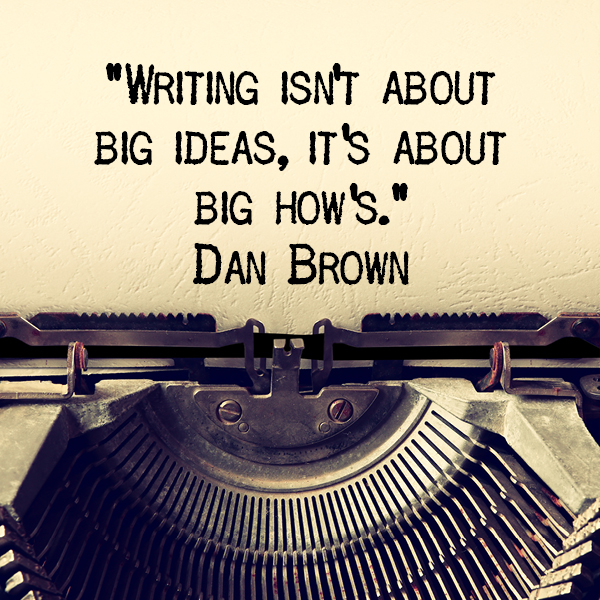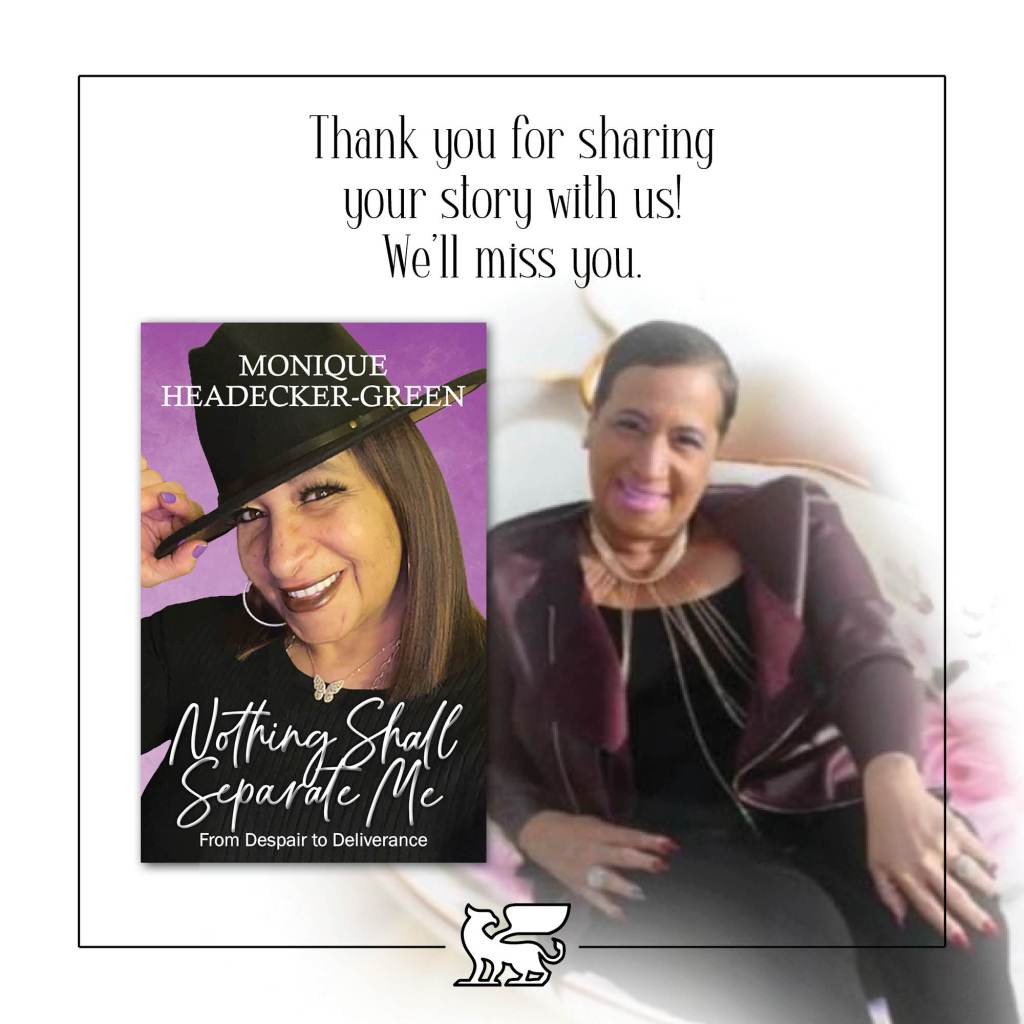Studio Griffin
A Publishing Company
Technology is a great thing, except when it doesn’t work and you can’t quite figure out why. I wanted to post this a month ago, to honor one of our authors, Monique Headecker Greene, who passed away after a battle with metastatic breast cancer, but our site wasn’t accessible. We’re here now and even though we’re late in sharing this, we didn’t want to pass up the opportunity to honor her. Monique lived a full life, in spite of her diagnosis; inspiring those around her. For us here at Studio Griffin, she pushed us to do and be the very best when it came to publishing her book and we were both rewarded with a masterpiece that will live on after her. We are better for having known her, we are better because of her. That’s what we wanted to say a month ago, but in retrospect now, we can say that any time is a good time to tell the people around you that you appreciate them.
All creatives (musicians, artists, and dancers) practice their skills–writers should as well. And they can do that by incorporating writing exercises into their every day routine. This will help them sharpen their ability and tell a better story. I’ve listed five exercises below, but there are more online.
- Take a blank sheet and start freewriting. Just write whatever comes to mind. Don’t stop to edit or think about what you’re writing. Let your brain lead as your hands write.
- Take a scene from a favorite book or movie and change the point of view or timeline so that you’re retelling the story. Use a secondary character to describe the action happening to the main character. If the story is set in contemporary times, change it to the wild west, or the medieval period. How does the story change? How does the different time change what happens?
- Use a writing prompt (a sentence or short passage) as a springboard to create a new story.
- Write a short story using 75-2000 words (flash fiction). Use the same elements as you would a longer story, giving it a beginning, a middle and an ending. Develop a main character and write the piece around them. Because you’re limited in your word count, choose a conflict and start in the middle of the action. You can reveal a back story as you go along. In the end, resolve the problem and present a character change that will complete your piece and make it a story.
- Make someone else’s story your own. Use a story that someone else has told you or that you read; and write it as if it happened to you. What details would you include? How would you feel?
Not a whole time is needed on these or any exercises, but the more practice a writer can devote to practice, the better a writer they will become.
#studiogriffin #reader #writer #publisher #selfpublisher #selfpublishing #writingtips #publishingtips #writingprocess #journaling #creativesuccess #storyteller #quotes
I was perusing the internet the other day and came across an advertisement for the Master Class courses out there, that include guest teachings from Neil Gaiman, Margaret Atwood and the like. This one included Dan Brown and I took the bait and clicked on it. While it was the normal, “Hey, you’ll learn this and that when you pay us this much money,” I found the sound bites from Mr. Brown interesting. This is one of them:

When I started out writing, I mostly guessed at what I was doing. Now I understand there is a process, which helps us beyond the initial idea. That’s where the (actual) writing process comes in. This process involves anywhere from three to seven steps, depending on who your ask, but the key steps are these:
- Pre-writing is anything you do before you write a draft of your document, including thinking, taking notes, talking to others, brainstorming, outlining, and gathering information.
- Drafting or writing occurs when you put your ideas into sentences and paragraphs. In this stage, you concentrate on explaining, supporting and expanding your ideas.
- Revision is where you think more deeply about your readers’ needs and expectations; and you rearrange, add, take away and or replace your words so that your message is clear.
- Editing involves grammar, mechanics, and spelling. But you should not edit until the other steps have been completed.
Like I said, there are other steps out there, but these are the ones everyone can agree on. And they are the road map for writing. I’ve been guilty of skipping a step or two in the past…or at least trying to, but when a step is omitted, or it’s out of order, it throws the whole process off. Trust the process. In writing, but also life. That’s how Mr. Brown ended his talk: he said, “There were days that I wasn’t sure how I was going to do this. That’s when the process saved me.”
#studiogriffin #reader #writer #publisher #selfpublisher #selfpublishing #writingtips #publishingtips #writingprocess #journaling #creativesuccess #storyteller #quotes
“Tell the story that’s been growing in your heart, the characters you can’t keep out of your head, the tale that speaks to you, that pops into your head during your daily commute, that wakes you up in the morning.” -Jennifer Weiner
Story always trumps structure. Outlining and plotting a story are necessary steps in writing; however, they can end up derailing the process if they are the driving force. Follow the organic process of story shaping, and let the story inform the direction of your writing. Spend time on your character development and they will tell the story for you. Fear and uncertainty will always drive you back to the outline, but part of the artistic process is learning to how to channel that fear into creativity and not confine yourself because of it.
#studiogriffin #reader #writer #publisher #selfpublisher #selfpublishing #writingtips #publishingtips #writingprocess #journaling #creativesuccess #storyteller #quotes
“In descriptions of Nature, one must seize on small details, grouping them so that when the reader closes his eyes he gets a picture.” Anton Chekhov
This quote by the Russian playwright, and variations of it, became the basis for the ‘Show, don’t tell’ technique used in various kinds of storytelling. ‘Show, don’t tell’ describes writing by showing the actions, relationships and feelings instead of just telling the reader what happened. It allows the reader to experience the story through action, words, thoughts, senses, and feelings, describing the scene in such a way that the reader can draw his or her own conclusions.
So what can you do to implement ‘show, don’t tell’ in your writing?
- Use the character’s five senses.
- Use strong verbs.
- Avoid adverbs.
- Be specific.
- Use dialogue.
- Focus on actions and reactions.
This technique applies equally to nonfiction and fiction, including poetry, speech, film and plays and public speaking. Think about how you can show your audience what you want to share with them; and by doing so, you will keep a captivated audience that will stick with you to the end.
#studiogriffin #reader #writer #publisher #selfpublisher #selfpublishing #writingtips #publishingtips #writingprocess #journaling #creativesuccess #storyteller #quotes


